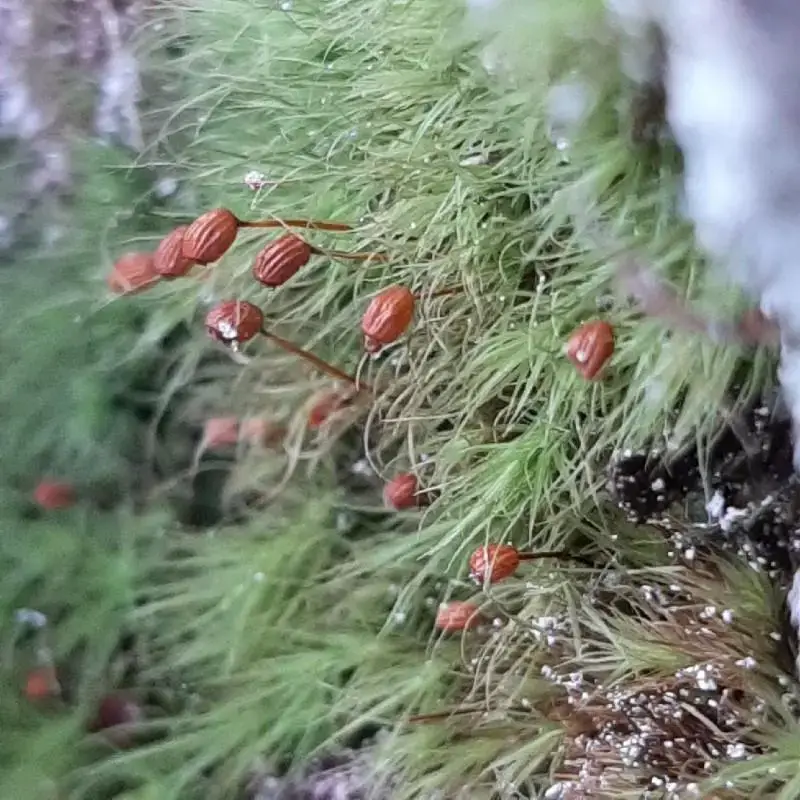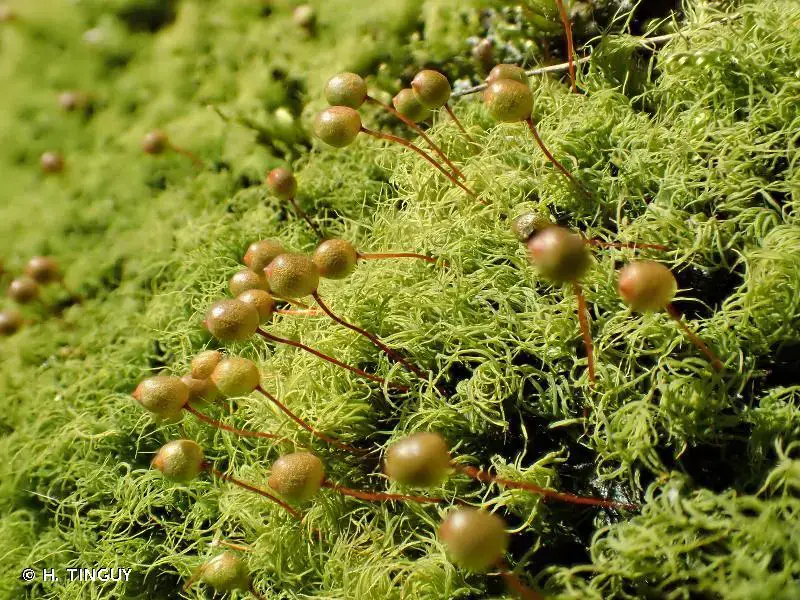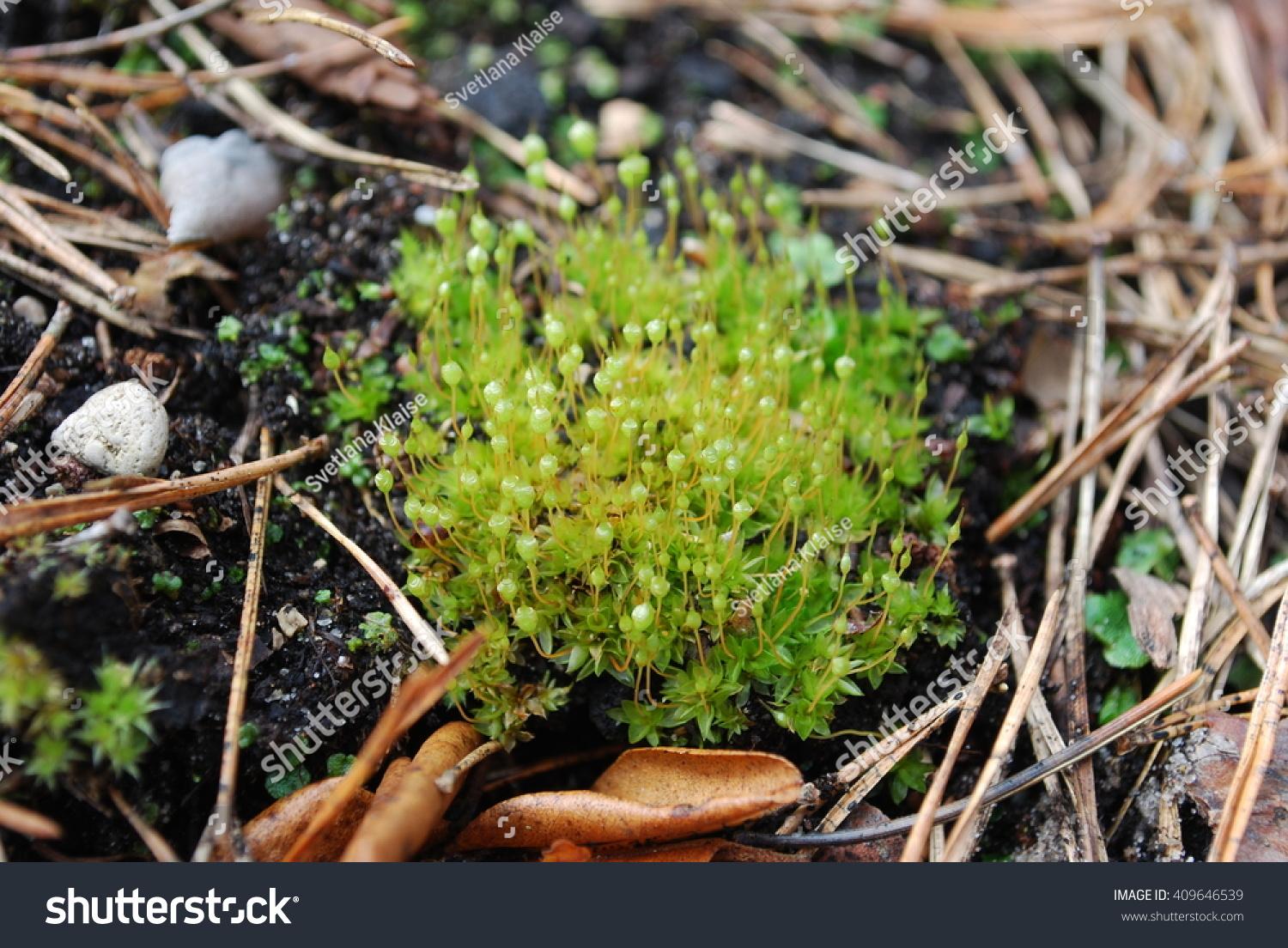
63381912.jpg from: https://observation.org/photos/63381912/
Introduction

193772.jpg from: https://inpn.mnhn.fr/espece/cd_nom/4978
In the vast and captivating world of bryophytes, one particular moss species stands out for its unique charm and ecological significance – the Bartramia pomiformis Hedw., commonly known as Bartramia. This unassuming yet remarkable member of the Bartramiaceae family has captured the hearts of moss enthusiasts worldwide, offering a delightful blend of beauty and resilience.
Background
Before delving into the intricacies of this fascinating moss, let’s set the stage with a brief overview of bryophytes. These non-vascular plants, which include mosses, liverworts, and hornworts, are often overlooked but play a crucial role in various ecosystems. They are among the oldest land plants on Earth, dating back over 400 million years, and have adapted to thrive in diverse habitats, from the Arctic tundra to tropical rainforests.
Main Content
Morphology and Identification
The Bartramia pomiformis Hedw. is a striking moss that can be easily identified by its distinctive features. Its gametophyte (the haploid, gamete-producing phase) consists of erect, unbranched stems that can reach heights of up to 10 centimeters. The

stock-photo-bartramia-pomiformis-the-common-apple-moss-is-a-species-of-moss-in-the-bartramiaceae-family-it-409646539.jpg from: https://www.shutterstock.com/image-photo/bartramia-pomiformis-common-applemoss-species-moss-409646539
leaves are lanceolate (lance-shaped) and spirally arranged around the stem, creating a feathery appearance.
One of the most remarkable characteristics of this moss is its sporophyte (the diploid, spore-producing phase). The capsule, or sporangium, is spherical and pear-shaped, giving rise to the species’ name “pomiformis” (meaning “apple-shaped”). This unique capsule is supported by a twisted seta (stalk) and is often adorned with a hairy calyptra (a protective cap covering the capsule).
Global Distribution and Habitat
The Bartramia pomiformis Hedw. is widely distributed across the Northern Hemisphere, thriving in various habitats, including forests, rocky outcrops, and disturbed areas. It is particularly abundant in regions with cool, moist climates, such as the Pacific Northwest of North America and parts of Europe.
This moss is well-adapted to grow on a variety of substrates, including soil, rocks, and decaying wood. Its ability to colonize disturbed areas makes it a valuable pioneer species, helping to stabilize and enrich the soil, paving the way for other plants to establish themselves.
Ecological Roles and Adaptations
Despite its diminutive size, the Bartramia pomiformis Hedw. plays a vital role in its ecosystem. As a bryophyte, it contributes to soil formation, water retention, and nutrient cycling. Its dense mats help to prevent erosion and provide a suitable microhabitat for various invertebrates, fungi, and other microorganisms.
This moss is remarkably resilient and has developed several adaptations to survive in challenging environments. Its thick cell walls and specialized water-conducting tissues allow it to withstand desiccation and rehydrate quickly after periods of drought. Additionally, its compact growth form and ability to reproduce asexually through fragmentation contribute to its success in colonizing new areas.
Case Studies/Examples
The Bartramia pomiformis Hedw. has been the subject of numerous scientific studies, highlighting its ecological importance and unique characteristics. For instance, researchers have investigated its role in carbon sequestration and its potential as a bioindicator for environmental pollution.
In one notable study, scientists examined the moss’s ability to accumulate heavy metals from the surrounding environment, making it a valuable tool for monitoring air quality and identifying potential sources of contamination.
Technical Table
| Characteristic | Description |
|---|---|
| Family | Bartramiaceae |
| Genus | Bartramia |
| Species | Bartramia pomiformis Hedw. |
| Common Name | Bartramia, Apple Moss |
| Gametophyte | Erect, unbranched stems; lanceolate, spirally arranged leaves |
| Sporophyte | Spherical, pear-shaped capsule; twisted seta; hairy calyptra |
| Habitat | Forests, rocky outcrops, disturbed areas |
| Distribution | Northern Hemisphere (North America, Europe) |
| Adaptations | Thick cell walls, water-conducting tissues, compact growth, asexual reproduction |
Conclusion
The Bartramia pomiformis Hedw., or Bartramia, is a true marvel of the bryophyte world. Its unique morphology, resilience, and ecological significance make it a fascinating subject for moss enthusiasts and scientists alike. As we continue to explore and appreciate the intricate tapestry of life on our planet, this unassuming moss serves as a reminder of the beauty and complexity that can be found in even the smallest of organisms.
Before we part ways, let’s ponder this thought-provoking question: In a world where we often overlook the seemingly insignificant, what other wonders might we be missing, and how can we cultivate a deeper appreciation for the intricate web of life that surrounds us?